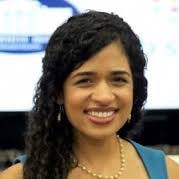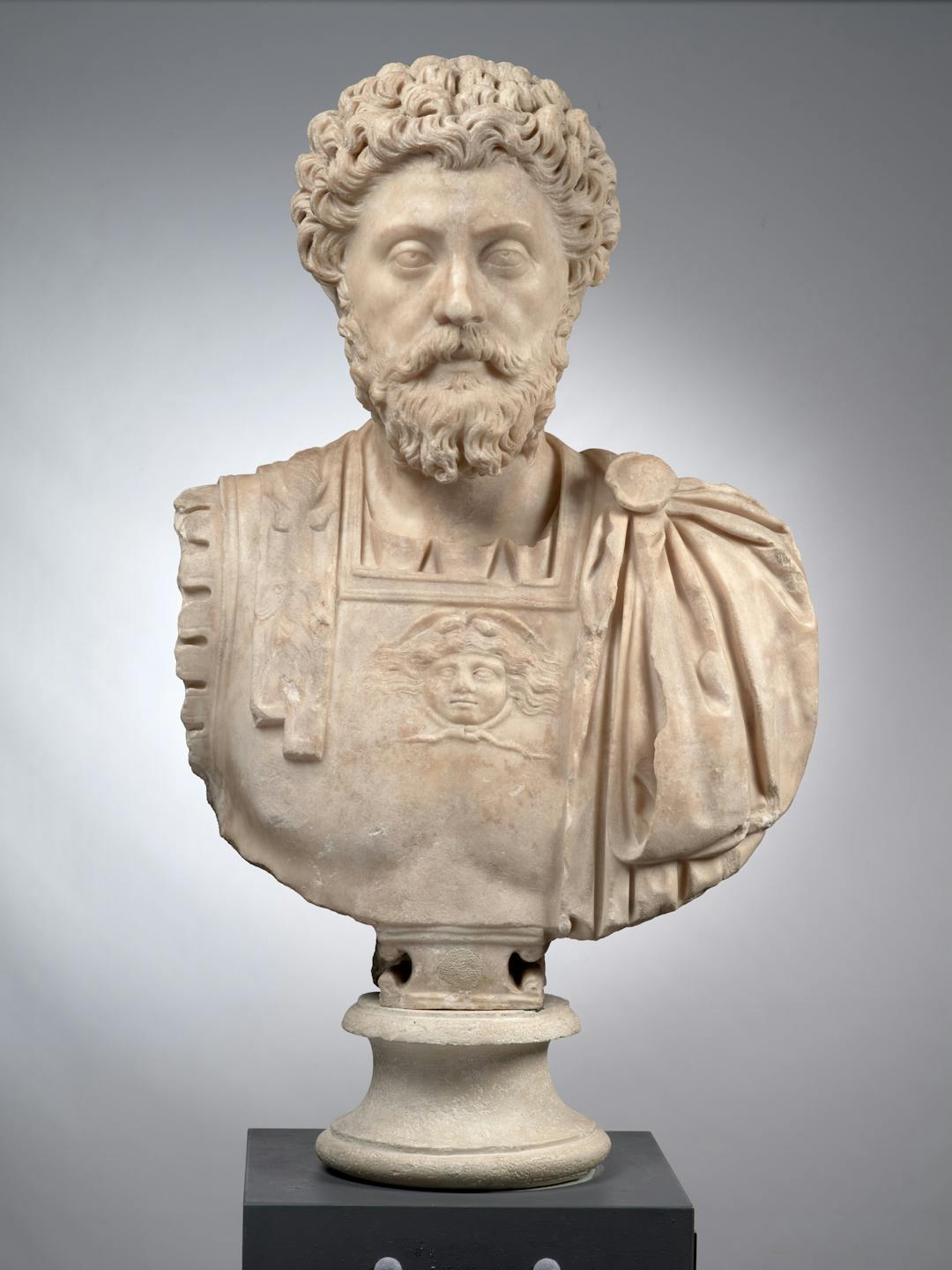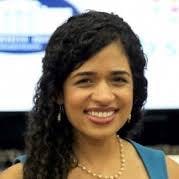Maya Shankar
Behavioral Science, from The White House to Google
Intro
Maya Shankar, PhD, is a cognitive neuroscientist who founded and chaired the White House’s first ever Social and Behavioral Sciences Team, a cross-agency team of experts that used behavioral science research insights to improve and redesign government programs and policies. Working under the Obama Administration, Shankar and her team provided policy guidance to federal agencies, applying behavioral science research insights on decision making to key public policy challenges.1 Under Shankar’s direction, the SBST team’s work has provided a framework for federal agencies to implement evidence based approaches towards solving policy challenges and creating more efficient government programs. In 2016, Shankar served as the first behavioral science advisor to the United Nations, and continues to apply her behavioral science expertise on decision making in her current role as Google’s Global Director of Behavioral Economics.2
Behavioral science has a lot to offer and I think it’s especially important that we account for these insights that scientists have been gleaning over the years to make sure that when we are designing policies and programs, they’re optimised with these insights in mind.
– Maya Shankar
On their shoulders
For millennia, great thinkers and scholars have been working to understand the quirks of the human mind. Today, we’re privileged to put their insights to work, helping organizations to reduce bias and create better outcomes.
The White House Social and Behavioral Sciences Team (SBST)
“Adopting the insights of behavioral science will help bring our government into the 21st century in a wide range of ways - from delivering services more efficiently and effectively; to accelerating the transition to a clean energy economy; to helping workers find better jobs, gain access to educational opportunity, and lead longer, healthier lives."
— President Barack Obama on the SBST [11]
The Social and Behavioral Sciences Team was a cross-agency team founded in 2014 by Maya Shankar, which aimed to apply behavioral science insights towards improving public policy. Established under the National Science and Technology Council, the SBST collaborated with over 20 governmental organizations to identify how to redesign government programs in key policy areas, such as improving access to healthcare, increasing college enrollment, and promoting retirement security. 4,5 Shankar’s inspiration for applying behavioral science to improving public policy first came about after hearing about the Department of Agriculture’s successful efforts to significantly increase the enrollment of a free lunch program for low-income families through implementing behavioral science insights.4 Upon joining the White House in 2014 as a Senior Behavioral Science Advisor with no budget or team members, Shankar went on to build out a team of dozens of behavioral science experts that worked on over 70 projects, conducting pilot studies and providing guidance on how to improve the efficiency of federal programs and policies.4
One instance of SBST’s successful pilot studies, among many other successful projects, was their collaboration with the Department of Veteran’s Affairs, where emails encouraging Veterans to sign up for a benefits program were modified from stating that the Veterans were eligible for the benefits, to stating that Veterans had earned the benefits. This simple reframing based on the endowment effect (people value items higher if they own them) resulted in a 9% increase in veterans who opened the enrollment application.3,5 As a result of Shankar’s team’s remarkable results from just their first year, President Barack Obama issued an executive order in 2015 titled “Using Behavioral Science Insights to Better Serve the American People”, directing federal agencies to increase their usage of behavioral insights to continue to enhance federal programs and provide greater support for the American public.6 Over the following two years under the Obama Administration, the SBST continued to complete dozens of successful projects, demonstrating the significant potential and capability of applying behavioral science insights towards solving key societal challenges.
Historical Biography
“When I joined the office of Science and Technology Policy, in the spring of 2013, I came the with the goal to translate research insights from these fields into improvements in federal programs and policies, but I soon came to see the immense value of actually trying to institutionalize the continued translation of this research into policy improvements and policy design. So I pitched the idea of creating a team of behavioral science and evaluation experts who could provide to agencies conceptual and technical support that would allow them to design and implement rapid, iterative trials that use behavioral insights.”
— Maya Shankar [12]
Maya Shankar grew up in Cheshire, Connecticut. Her parents both worked at (and currently still work at) Yale University, where her father, Ramamurti Shankar, is a Physics professor, and her mother, Uma Shankar, is an International Scholar Adviser. 7,8 Shankar was accepted into the prestigious Julliard school of music at age nine and began studying under renowned master violinist Itzhak Perlman in the ninth grade. However, at age 16, Shankar suffered a tendon injury in her hand, bringing her aspirations and chances at a musical career to a sudden unfortunate end. 9
The summer before beginning her undergraduate degree at Yale University, Shankar was helping her parents clean out their basement when she discovered her sister’s copy of “The Language Instinct” by Steven Pinker. Upon reading the book, Shankar was immediately fascinated by the complex cognitive processes behind language development, which subsequently motivated her to study Cognitive Science as her undergraduate major 9. At Yale, Shankar worked at the Yale Perception and Cognition Laboratory under Dr. Brian Scholl, and at the Comparative Cognition Laboratory under Dr. Laurie Santos, where she completed research on object perception and co-authored multiple research publications. 7
After graduating from Yale, Shankar went on to complete a PhD in Cognitive Psychology at Oxford University on a Rhodes scholarship, followed by a postdoctoral fellowship in Cognitive Neuroscience at Stanford University.2 During her time at Stanford University studying the science of decision making, Shankar was unsure of whether she should continue to pursue a career in academia, and reached out to her former mentor, Dr. Laurie Santos. During their meeting, Santos told Shankar about the Department of Agriculture’s successful efforts to apply behavioral insights to policy, through reducing application barriers in order to significantly increase enrollment for a federal program providing free school lunches for low-income families.4 Inspired by how insights from behavioral science could be used for social good, Shankar reached out to Cass Sunstein, the author of “Nudge: Improving Decisions About Health, Wealth, and Happiness”, who had previously been brought on by President Obama to help provide behavioral insights to inform the government’s policy approaches.4 Sunstein directed Shankar to a contact at the White House Office of Science and Technology Policy, and Shankar sent a cold email to the deputy director, pitching for an opportunity to join the office to help apply behavioral science towards public policy. Much to Shankar’s surprise, she received an interview and was eventually brought on as a senior behavioral science advisor. 4
Upon taking on the role in 2013, Shankar was originally brought on with no budget, mandate, or team members. By early 2014, Shankar had put together a cross-agency team of behavioral scientists, policy experts and program makers, marking the beginning of the White House’s first ever Social and Behavioral Sciences Team (SBST).9 Shankar’s team’s widespread success in translating behavioral insights into improving federal programs demonstrated the significance of incorporating behavioral science into public policy, providing a framework for future policy design.
In 2016, Shankar was appointed as the first behavioral science advisor to the United Nations, under president Ban-Ki Moon. At the end of the Obama administration, Shankar left her role at the SBST to work at Google as the Global Director of Behavioral Economics, where she currently applies her behavioral science expertise towards increasing the value of Google’s products for its users.
Further Resources
While working at the White House, Shankar published several blog articles on the SBST’s impact on redesigning federal programs and policies, such as Empowering Our Children by Bridging the Word Gap, Designing Federal Programs with the American People in Mind, and How Behavioral Science Is Serving the American People.
In addition, the SBST team has also published various reports providing the results and impact of their work, such as the 2015 Annual Report, 2016 Annual Report, and the SBST’s report on their lessons learned from year one.
During and after working at the White House, Shankar has participated in podcast shows such as the Freakonomics Podcast as well as NPR’s Hidden Brain Podcast. Shankar has also been invited as a guest speaker for the United Nations, Happiness Institute, UCLA Anderson School of Management, Re:Work, and the Endwell Project, where she discusses her work at the White House, and other examples of how behavioral insights can be applied to drive positive changes.
References
- Maya Shankar. White House Archives. https://obamawhitehouse.archives.gov/blog/author/maya-shankar
- Bio. Maya Shankar. https://mayashankar.com/bio
- Google’s Head of Behavioral Insights on Why We Do What We Do. Endwell Project. https://endwellproject.org/maya-shankar-phd-why-we-do-what-we-do/
- Stilman, S. (2017). Can Behavioral Science Help in Flint?. The New Yorker. https://www.newyorker.com/magazine/2017/01/23/can-behavioral-science-help-in-flint
- Congdon, W.J., & Shankar, W.J. (2015). The White House Social & Behavioral Sciences Team: Lessons learned from year one. Behavioral Science & Policy, 1, 77 - 86. https://behavioralpolicy.org/wp-content/uploads/2017/05/BSP_vol1is2_Congdon.pdf
- US National Science and Technology Council (2016). Social and Behavioral Sciences Team: 2016 Annual Report. The White House, Executive Office of the President. https://obamawhitehouse.archives.gov/sites/whitehouse.gov/files/images/2016%20Social%20and%20Behavioral%20Sciences%20Team%20Annual%20Report.pdf
- Gonzalez, S. (2006) Former musician has found new passion in scientific research. Yale Bulletin and Calendar. http://archives.news.yale.edu/v35.n7/story3.html
- Uma Shankar. Yale University Office of International Students & Scholars. https://oiss.yale.edu/about/oiss-staff/uma-shankar
- Dubner, S.J. (Host). (2016, November 2). The White House Gets Into the Nudge Business. (Ep. 265) [Audio podcast episode]. In Freakonomics. Freakonomics LLC. https://freakonomics.com/podcast/white-house-gets-nudge-business/
- The White House, Office of the Press Secretary (2016). FACT SHEET: New Progress on Using Behavioral Science Insights to Better Serve the American People. The White House Archives. https://obamawhitehouse.archives.gov/the-press-office/2016/09/15/fact-sheet-new-progress-using-behavioral-science-insights-better-serve
- Nesterak, E (2014). Head of White House “Nudge Unit” Maya Shankar Speaks about Newly Formed Social and Behavioral Sciences Team. Behavioral Scientist. https://behavioralscientist.org/head-of-white-house-nudge-unit-maya-shankar-speaks-about-newly-formed-us-social-and-behavioral-sciences-team/
About the Author
The Decision Lab
The Decision Lab is a Canadian think-tank dedicated to democratizing behavioral science through research and analysis. We apply behavioral science to create social good in the public and private sectors.





